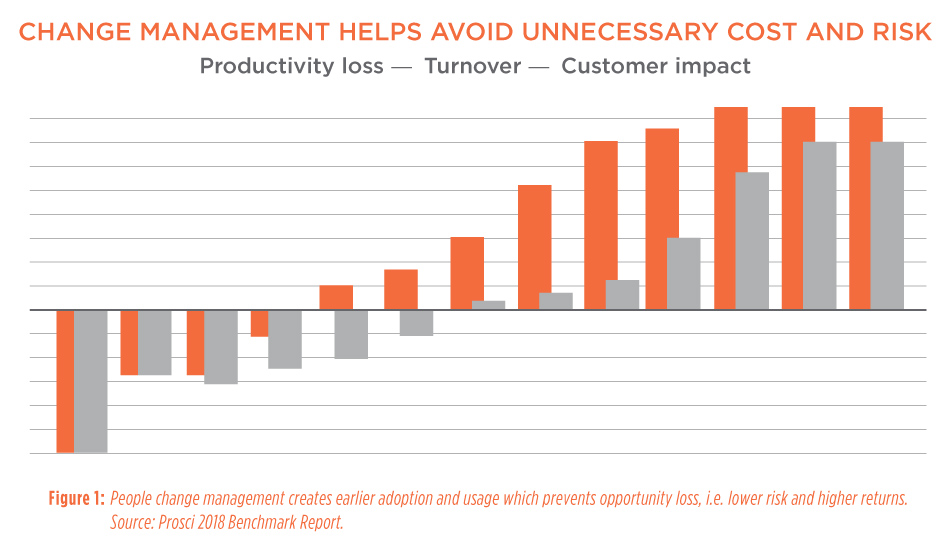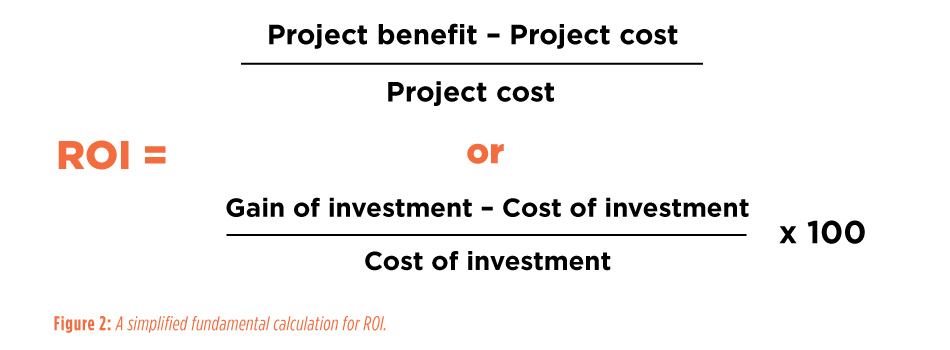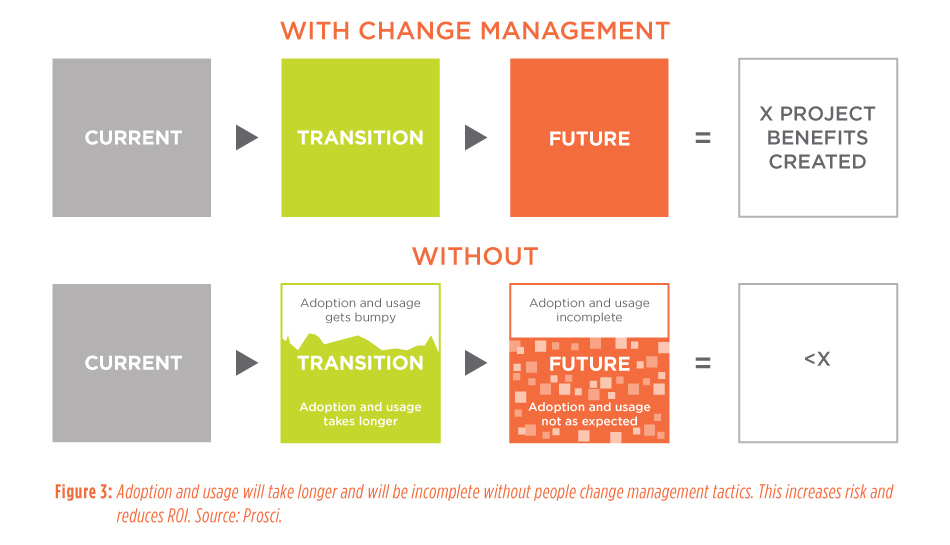In January 2020, Larry Fink, CEO of the investment management company BlackRock, addressed a letter — entitled “A Fundamental Reshaping of Finance” — to fellow CEOs, investors and stakeholders worldwide. In the letter, Fink emphasized that investors should work to avoid risks, focusing specifically on the impacts rising climate risks can have on many portfolios. In the near future, he explained, “there will be a significant reallocation of capital” in light of changing attitudes toward climate change.
As such, Fink announced in the letter that BlackRock would begin investing in sustainability approaches and withdrawing its support of fossil fuel extractions — all with the goal of moving toward a low-carbon economy. The ramifications of this paradigm in investment will be felt for years across various industries.
Paradigms like this and new processes are being implemented every day. Helping people adopt and utilize these altered mindsets and process is important to obtaining resources for capital-funded projects in the utility world. People change management specializes in doing this. Understanding how utilities are structured, how a utility handles risk considerations, and how and why it’s necessary to procure capital funding allows people change managers to properly word and position business cases to help obtain the necessary resources and bring about full project success.








